
Camille Paglia has stepped away from her ivory tower more and more in recent days by focusing a bit more on pop culture iconography. A few years ago, she took aim at Lady Gaga for not being sexy enough and, instead, coming off “like a gangly marionette or plasticised android” that is “clinical and strangely antiseptic, so stripped of genuine eroticism.” I don’t think these criticisms had much effect on Gaga, who — as annoying as she can be in a famewhore sense and when it comes to her bizarre claims of “art” — doesn’t seem to be striving for sexiness at all. Oddly enough for a feminist, Paglia seems to only care about how erotic a pop star is with very little regard anything else an artist is putting out there in terms of how they live their life off the stage. Even if Gaga’s messages are often self serving, they do have a positive effect on her fans. She’s not all bad, and she’s especially not as bad as Paglia would have us believe.
Now Paglia is taking aim at Taylor Swift and Katy Perry for the Suzy Creamcheese images they project through their recorded music and live performances. Katy Perry sort of deserves the criticism after publicly denouncing feminism last week, but Paglia makes no mention of Katy’s awkward speech, so I am assuming that she either wrote this before Katy inserted foot into overglossed mouth, or she doesn’t care what comes out of Katy’s mouth. Instead, Camille is focusing on the good-girl images of both Swift and Perry as an example of what’s gone wrong with feminism or, if you will, the death of feminism. While I can’t argue much about what Paglia says about Katy’s “good-girl mask over trash and flash,” and Swift’s glitter ponies are generally annoying, there’s a certain hypocrisy that comes into play when Paglia goes on to mention how Rihanna is a stunning example of eroticism and feminism. Say what? Here are the most relevant portion of Paglia’s essay from the Hollywood Reporter:
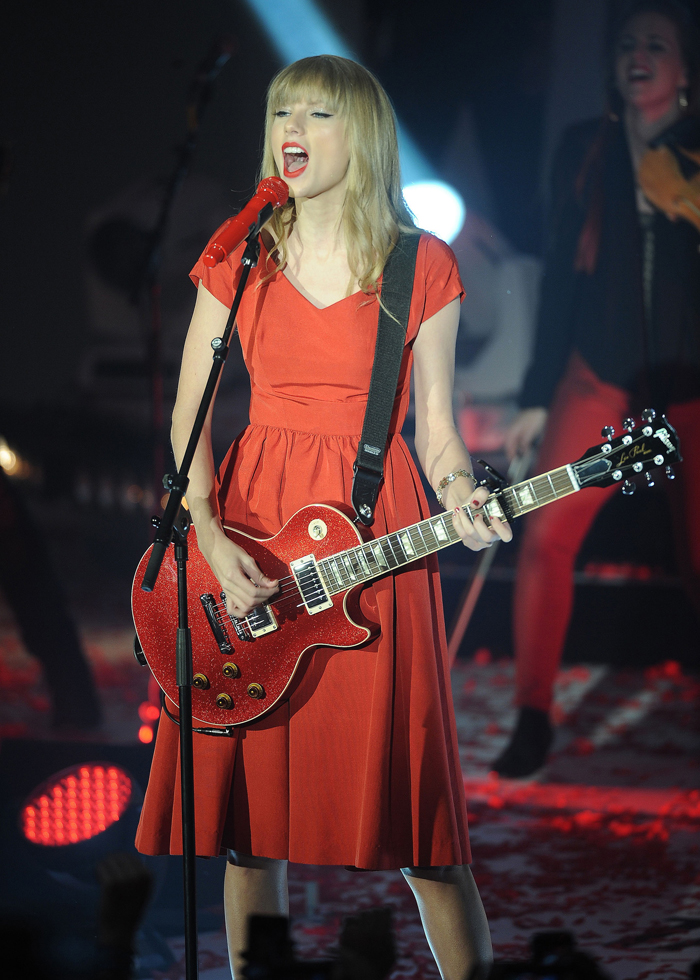
It’s staggering that [in 2011] 22-year-old Taylor Swift earned $57 million and Katy Perry $45 million. How is it possible that such monumental fortunes could be accumulated by performers whose songs have barely escaped the hackneyed teenybopper genre? But more important, what do the rise and triumph of Swift and Perry tell us about the current image of women in entertainment?[From Hollywood Reporter]
Despite the passage of time since second-wave feminism erupted in the late 1960s, we’ve somehow been thrown back to the demure girly-girl days of the white-bread 1950s. It feels positively nightmarish to survivors like me of that rigidly conformist and man-pleasing era, when girls had to be simple, peppy, cheerful and modest. Doris Day, Debbie Reynolds and Sandra Dee formed the national template — that trinity of blond oppressors!
As if flashed forward by some terrifying time machine, there’s Taylor Swift, America’s latest sweetheart, beaming beatifically in all her winsome 1950s glory from the cover of Parade magazine in the Thanksgiving weekend newspapers. In TV interviews, Swift affects a “golly, gee whiz” persona of cultivated blandness and self-deprecation, which is completely at odds with her shrewd glam dress sense. Indeed, without her mannequin posturing at industry events, it’s doubtful that Swift could have attained her high profile.
Beyond that, Swift has a monotonous vocal style, pitched in a characterless keening soprano and tarted up with snarky spin that is evidently taken for hip by vast multitudes of impressionable young women worldwide. Her themes are mainly complaints about boyfriends, faceless louts who blur in her mind as well as ours. Swift’s meandering, snippy songs make 16-year-old Lesley Gore’s 1963 hit “It’s My Party (And I’ll Cry if I Want to)” seem like a towering masterpiece of social commentary, psychological drama and shapely concision.
Although now 28, Katy Perry is still stuck in wide-eyed teen-queen mode. Especially after the train wreck of her brief marriage to epicene roue Russell Brand, her dazzling smiles are starting to look as artificial as those of the aging, hard-bitten Joan Crawford. Perry’s prolific hit songs, saturating mainstream radio, hammer and yammer mercilessly. She’s like a manic cyborg cheerleader, obliviously whooping it up while her team gets pounded into the mud.
Most striking about Perry, however, is the yawning chasm between her fresh, flawless 1950s girliness, bedecked in cartoonish floral colors, and the overt raunch of her lyrics, with their dissipated party scenes. Perry’s enormous commercial success actually reflects the tensions and anxieties that are afflicting her base audience: nice white girls from comfortable bourgeois homes. The sexual revolution launched by my baby-boom generation has been a mixed blessing for those who came after us. Katy Perry’s schizophrenia — good-girl mask over trash and flash — is a symptom of what has gone wrong.
Authentic sizzling eroticism does appear among the strata of high-earning female celebrities. Rihanna, who earned $53 million last year, was born and raised on Barbados, and her music — even with its chilly overuse of Auto-Tune — has an elemental erotic intensity, a sensuality inspired by the beauty of the Caribbean sun and sea. The stylish Rihanna’s enigmatic dominatrix pose has thrown some critics off. Anyone who follows tabloids like the Daily Mail online, however, has vicariously enjoyed Rihanna’s indolent vacations, where she lustily imbibes, gambols in the waves and lolls with friends of all available genders. She is the pleasure principle incarnate.
The insipid, bleached-out personas of Taylor Swift and Katy Perry cannot be blamed on some eternal law of “bubblegum” music. Connie Francis, with her powerhouse blend of country music and operatic Italian belting, was between 19 and 21 when she made her mammoth hits like “Lipstick on Your Collar” and “Stupid Cupid.” Middle-class white girls will never escape the cookie-cutter tyranny of their airless gh*ttos until the entertainment industry looks into its soul and starts giving them powerful models of mature womanliness.
Soooo. There’s a lot here that’s worthy of discussion, but why on earth does Paglia find Rihanna to be a stellar example of feminism today? I mean, she’s obviously a fan of RiRi’s boozed-up vacation photos posted to various social media networks. Presumably, Paglia also approves of Rihanna screaming “Don’t you know who I am?” while security threatens to eject her out of nightclubs. Further, Paglia must also know that Rihanna has recently (or not-so recently) returned to the abusive relationship that she shares with Chris Brown. But sure, let’s just let all of that slide since Rihanna displays “authentic sizzling eroticism,” which is way more important to the survival of feminism than, say, refusing to reconcile with a very bad man who punches the hell out of you for sport. Paglia really doesn’t know what she’s talking about anymore, does she?
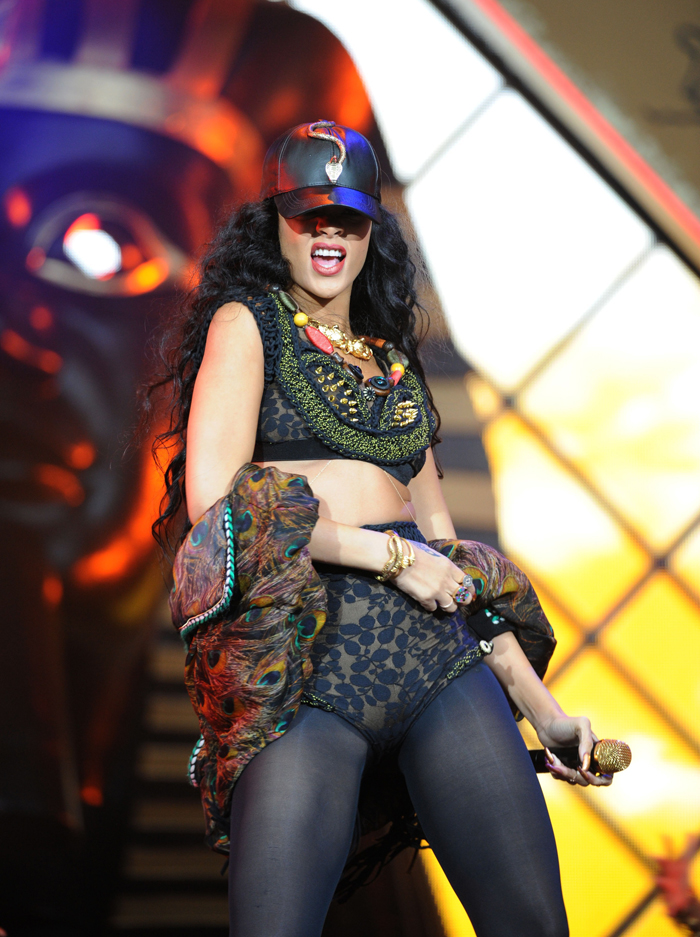
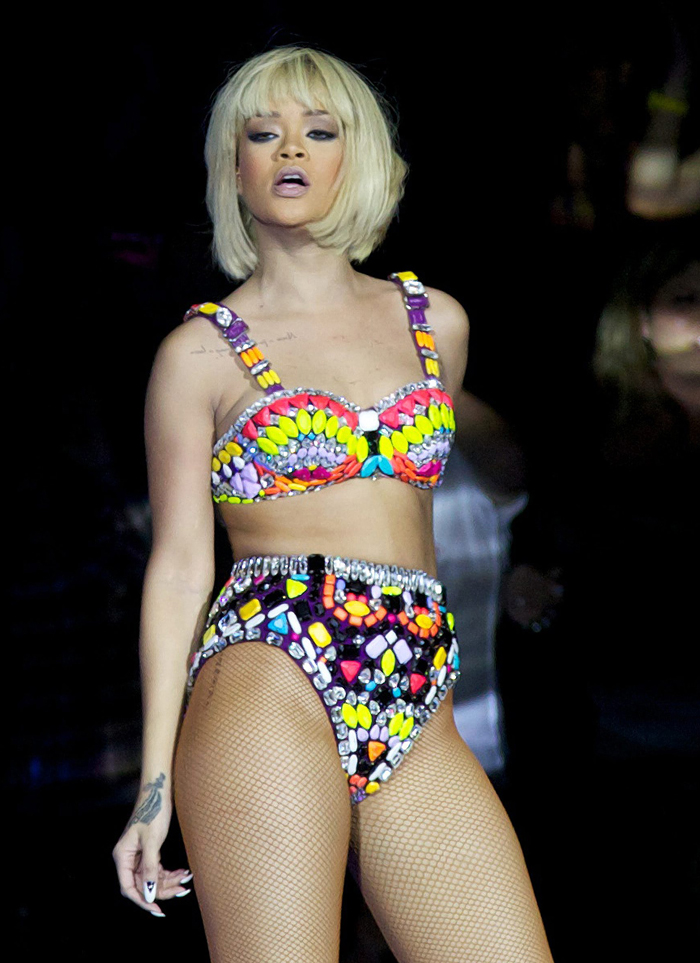
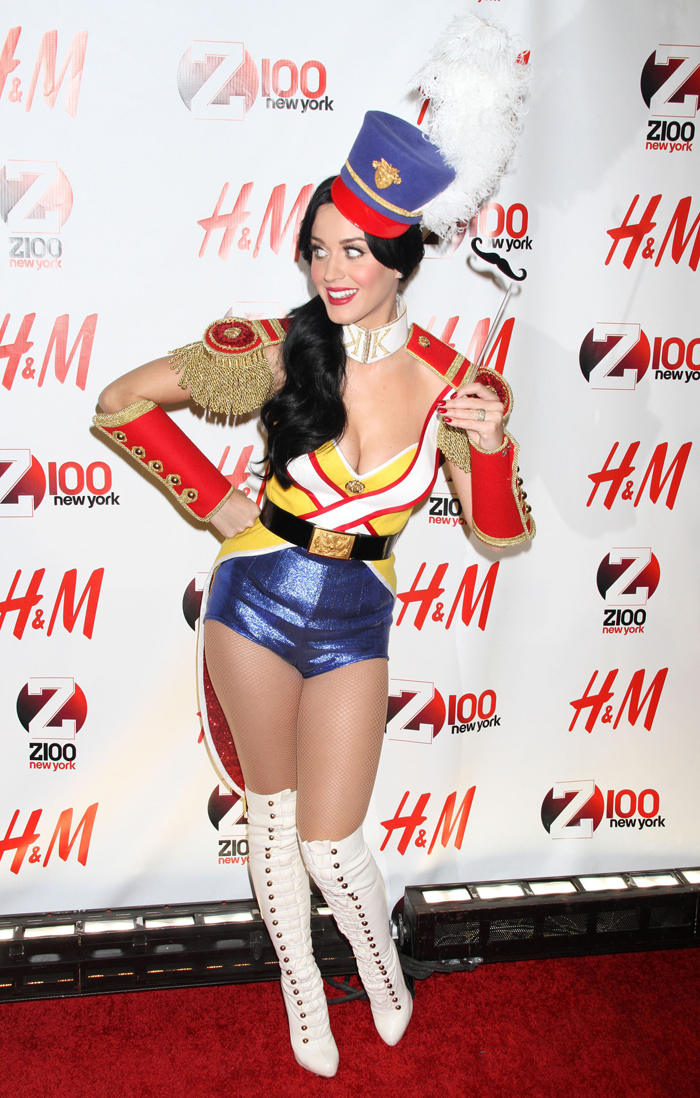
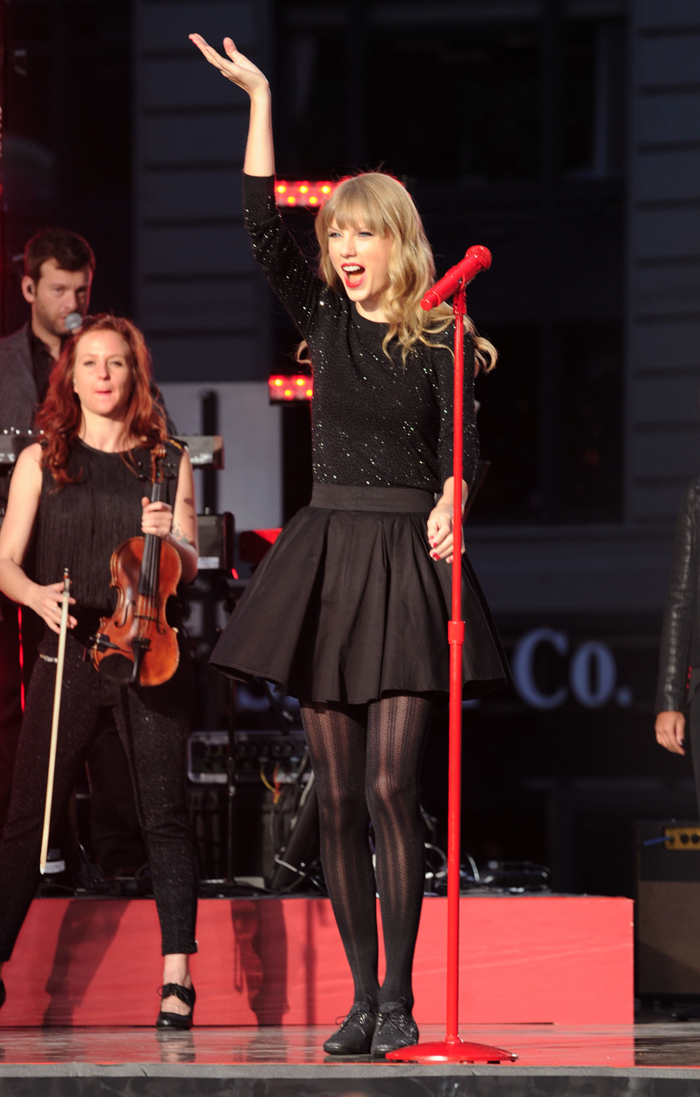
Photos courtesy of Fame/Flynet





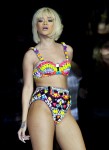
Love Ya Bunches
Pearle.e.gates@gmail.com
http://www.facebook.com/pearle.e.gates
http://www.twitter.com/pearleegates
http://www.facebook.com/pearle.e.gates
http://www.twitter.com/pearleegates


No comments:
Post a Comment